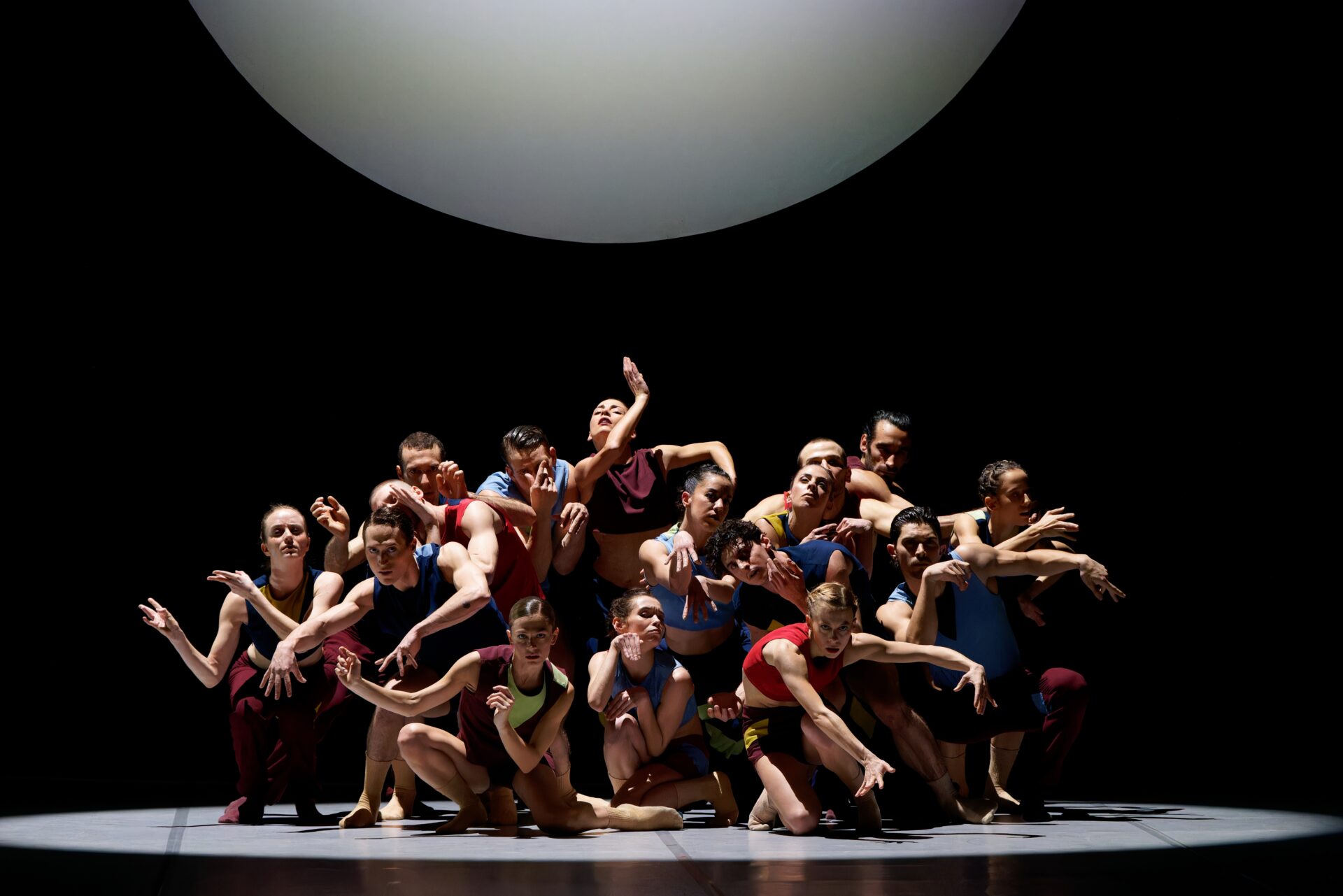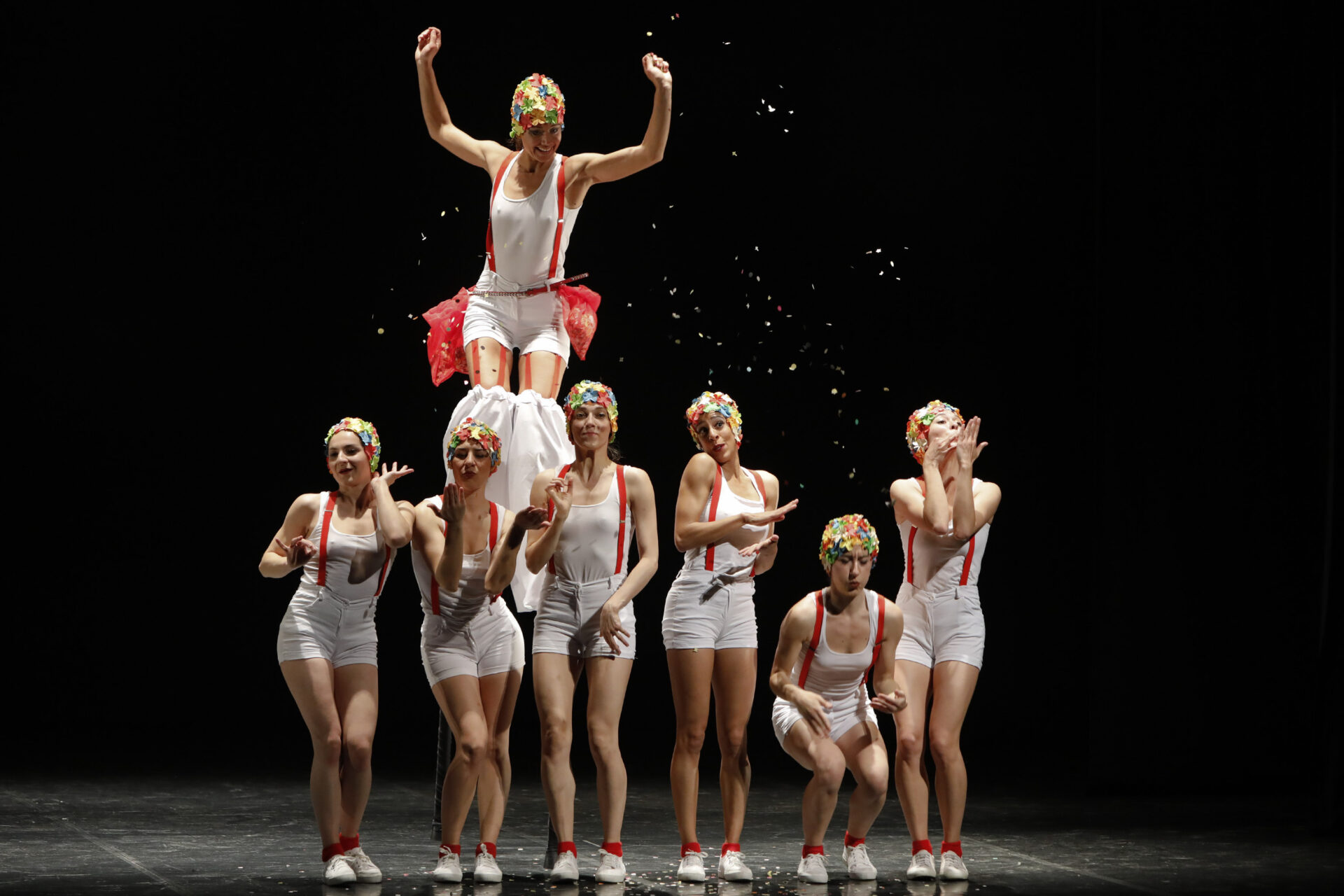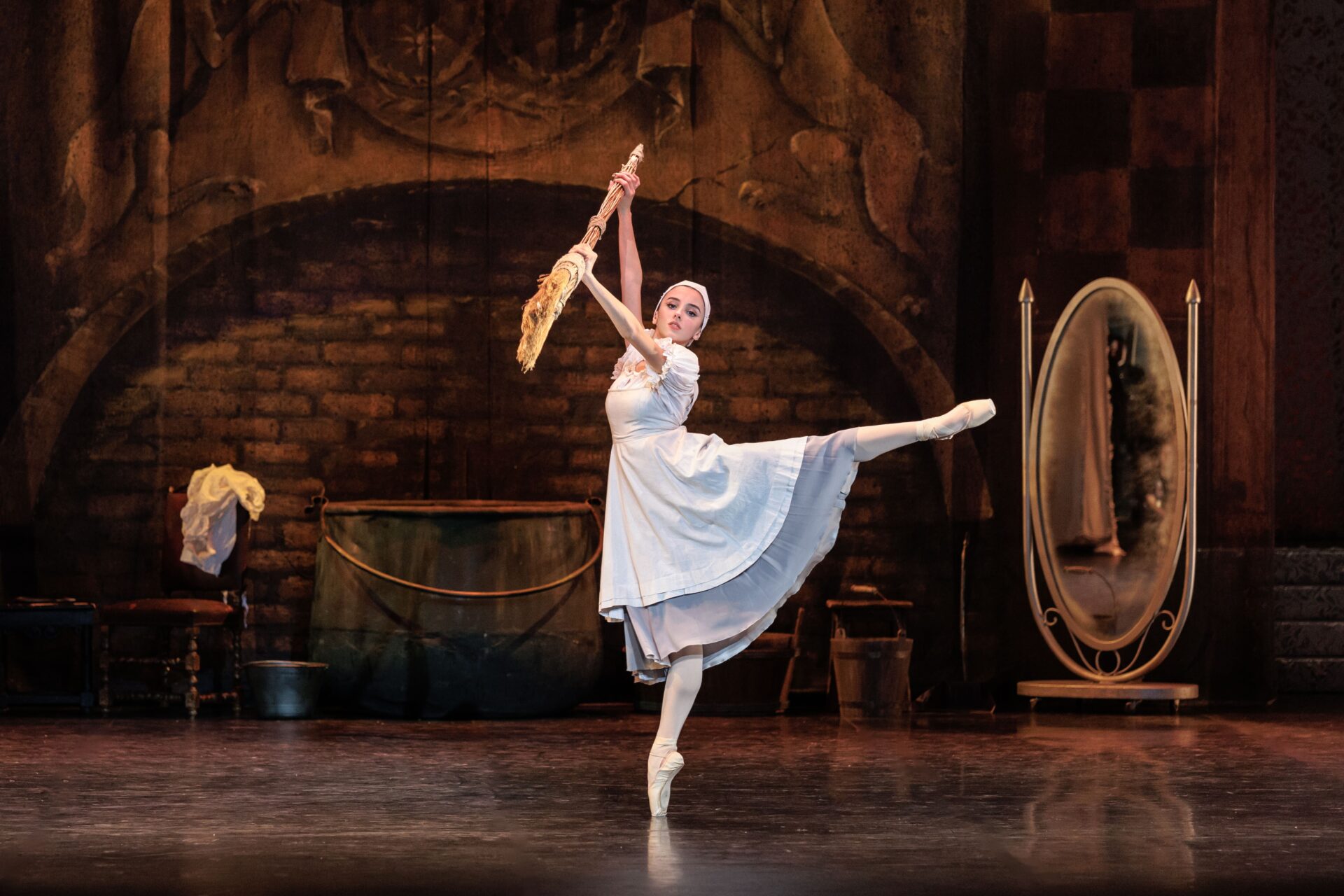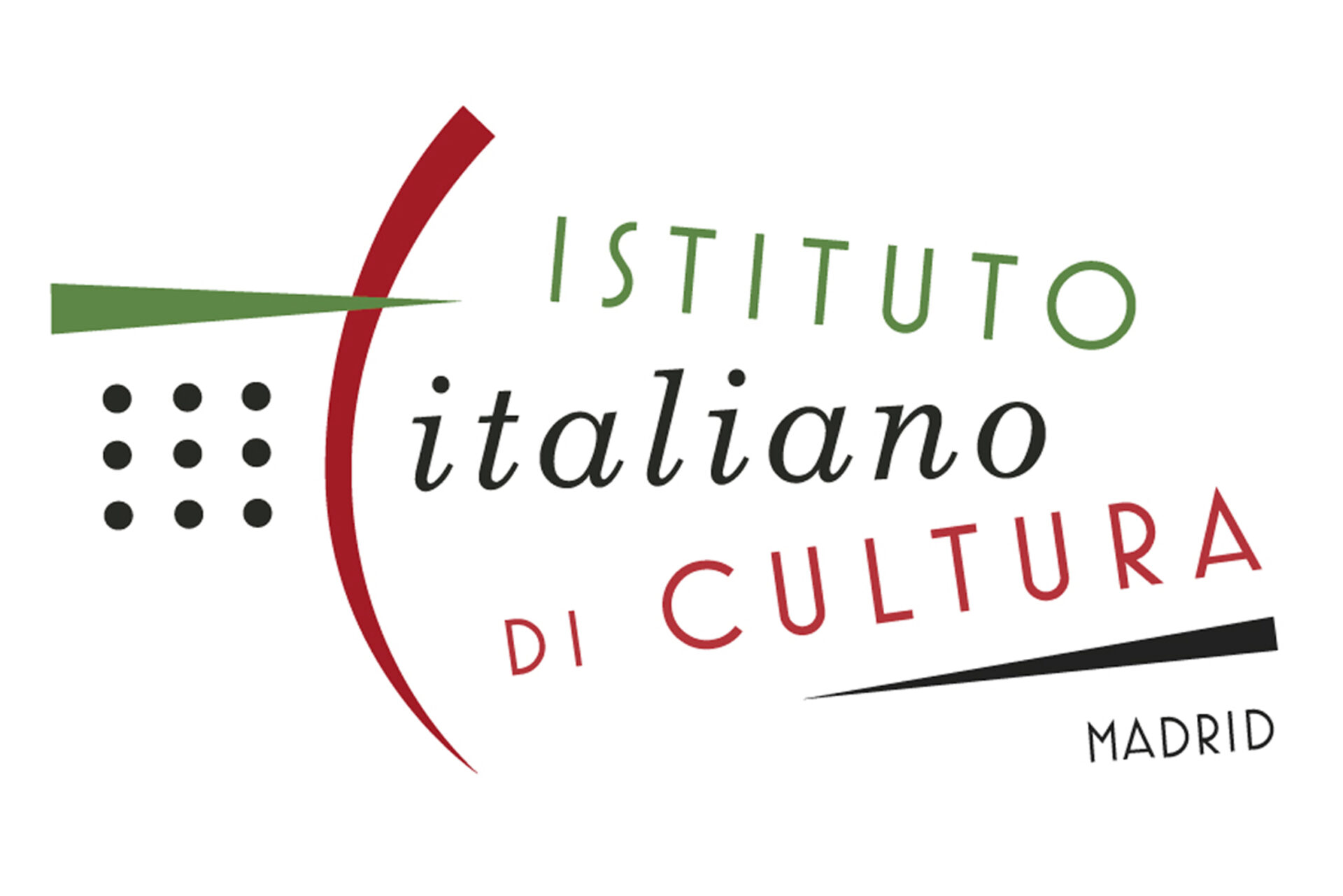- 14'20''
- Alpha Grace
- Another Story
- Antitesi
- Aterballetto
- Bach Project
- BLISS
- Chiostri San Pietro 2022
- Combattimento di Tancredi e Clorinda
- Don Juan
- Dreamers
- feeling good
- glory hall
- Golden Days
- In/Finito
- Kepler
- La stella nascosta
- Lorca sono tutti
- Lost in
- Meridiana
- MicroDanze
- Never odd or even
- Next Stop
- Nine Bells
- Notte Morricone
- O
- Open rehearsals
- Over Dance
- Pasiphae
- Performances
- Phoenix
- Productions
- Rain Dogs
- reconciliatio
- Rhapsody in Blue
- Season
- Season 2021
- Season January - June 2024
- season january july 2025
- Season January-July 2020
- season january-may 2022
- season September-December 2021
- Season September-December 2022
- Secus
- September - December 2024 season
- Shoot me
- solo echo
- special events
- Special projects
- Stabat Mater
- Stagione Faenza 2018-2019
- Stagione Forlì 2018-2019
- stagione gennaio giugno 2023
- Stagione gennaio-giugno 2019
- Stagione gennaio-giugno 2024
- Stagione settembre-dicembre 2018
- Stagione settembre-dicembre 2019
- Stagione settembre-dicembre 2023
- Stanze Rooms
- Storie
- Stravaganze in sol minore
- Streaming
- Tango Glaciale Reloaded
- Tempesta
- Trans Frontieres
- Upper-East-Side
- Wolf
- Yeled
- Yeled/Shoot me
Solo Echo / Rhapsody in Blue / Glory Hall
The CCN/Aterballetto dances in Fousnant, France, the triptych composed of Rhapsody in Blue by Iratxe Ansa and Igor Bacovich, Solo Echo by Crystal Pite, and Glory Hall by Diego Tortelli.
SOLO ECHO – Crystal Pite
Love, loss, and acceptance are at the heart of Solo Echo by the Canadian choreographer Crystal Pite, inspired by two cello and piano sonatas by Johannes Brahms and the poem “Lines for Winter” by Mark Strand. As in Strand’s poem, Solo Echo evokes winter, music, and the moving body to express something essential about acceptance and loss.

RHAPSODY IN BLUE – Iratxe Ansa & Igor Bacovich
«Rhapsody in Blue by George Gershwin has several attractive points for us. It is a splendid piece of music, well-known but not so frequently listened to by the younger generations. Introducing this work to young people is a good objective, and this piece can be a way to present a less distant and less “American” vision of Gershwin, going beyond the cultural context in which the rhapsody was created. The rhapsody will inevitably dictate the choreographic work, and the lively, sparkling changes with which to play are fantastic. » – Iratxe Ansa & Igor Bacovich
GLORY HALL – Diego Tortelli
Glory Hall by Diego Tortelli is a sensorial and rebellious journey in an in-between space, suspended between light and darkness. In a black but never truly dark space, the choreography unfolds as an ecstatic rite where sensuality and profane spirituality intertwine, creating a continuous interplay of pleasure, virtuosity, and the pursuit of a personal version of glory.
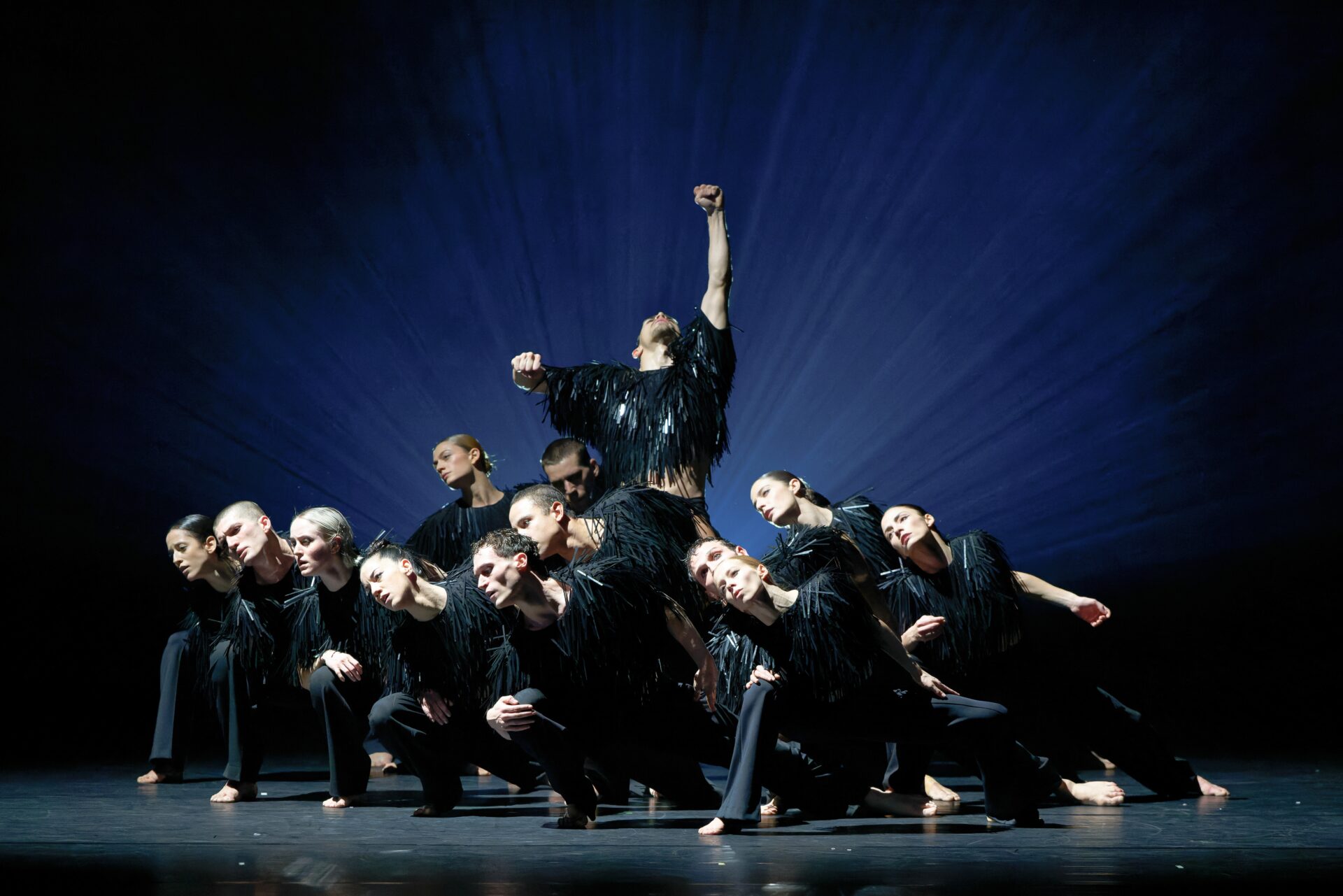
FELLINIANA – Omaggio a Fellini
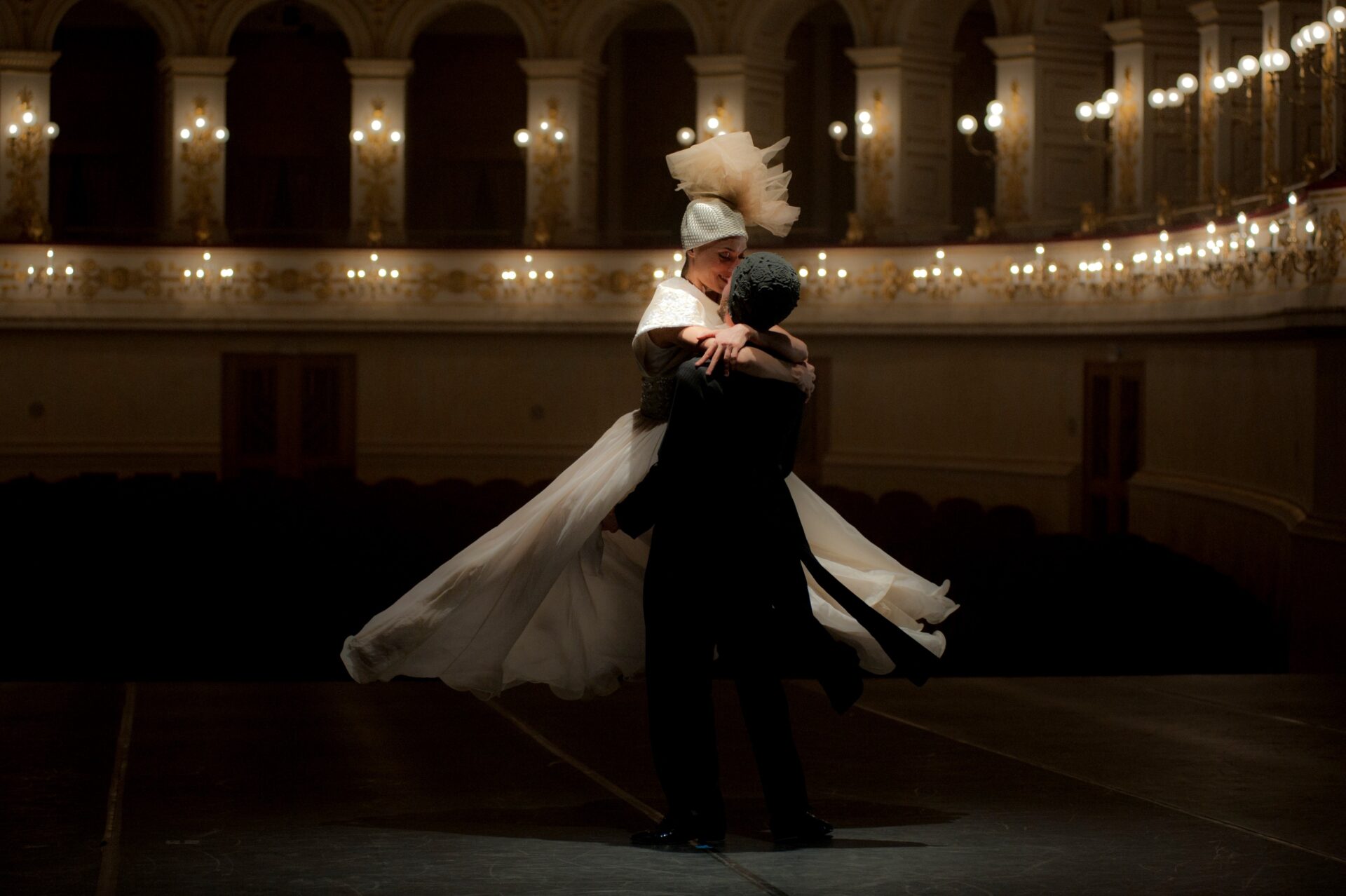
FELLINIANA – Tribute to Fellini is a performance that evokes the universe of the great Maestro and his most famous films through the choreography of Monica Casadei.
The bodies of the Artemis Danza Company move between dance and contemporary circus, dream and reality, accompanied by the unforgettable music composed by Nino Rota for Federico Fellini. Euphoric and sparkling choreography, virtuosity, and an irresistible humanity animate this performance, making it a poetic and sensitive manifesto that celebrates the history of Italian cinema and music.
NOTTE MORRICONE
The National Choreographic Center/Aterballetto pays tribute to Ennio Morricone with a new production by Spanish choreographer Marcos Morau.
The Spanish artist, with his visionary power and ability to transform musical universes, presents a unique creation that intertwines the music of Academy Award winner Ennio Morricone with dance, visual arts, and cinematic inspirations.
Marcos Morau, the youngest choreographer to date to receive the National Dance Award, Spain’s highest honor in dance, constructs imaginary worlds and landscapes where image, text, movement, music, and space form a unique universe constantly nurtured by cinema, photography, and literature. Now, for his first collaboration with the CCN/Aterballetto, he has chosen to draw from iconic compositions of the cinematic landscape of the last seventy years: those of Academy Award winner Ennio Morricone.
The director says: “With classical training and an avant-garde vocation, Morricone has always been beyond the trends of his time. His music spans an entire century and has revived the works of many great masters. For this evening, I aim to build a universe based on his sensitivity, confirming that his legacy is more alive than ever, and, as he himself would say, ‘My music has a life of its own, which can live beyond the films for which it was created.'”
Discover more »
Duration 90′
NOTTE MORRICONE
The National Choreographic Center/Aterballetto pays tribute to Ennio Morricone with a new production by Spanish choreographer Marcos Morau.
The Spanish artist, with his visionary power and ability to transform musical universes, presents a unique creation that intertwines the music of Academy Award winner Ennio Morricone with dance, visual arts, and cinematic inspirations.
Marcos Morau, the youngest choreographer to date to receive the National Dance Award, Spain’s highest honor in dance, constructs imaginary worlds and landscapes where image, text, movement, music, and space form a unique universe constantly nurtured by cinema, photography, and literature. Now, for his first collaboration with the CCN/Aterballetto, he has chosen to draw from iconic compositions of the cinematic landscape of the last seventy years: those of Academy Award winner Ennio Morricone.
The director says: “With classical training and an avant-garde vocation, Morricone has always been beyond the trends of his time. His music spans an entire century and has revived the works of many great masters. For this evening, I aim to build a universe based on his sensitivity, confirming that his legacy is more alive than ever, and, as he himself would say, ‘My music has a life of its own, which can live beyond the films for which it was created.'”
Discover more »
Duration 90′
Viaggio nel repertorio del balletto. Accademia Danza alla Scala
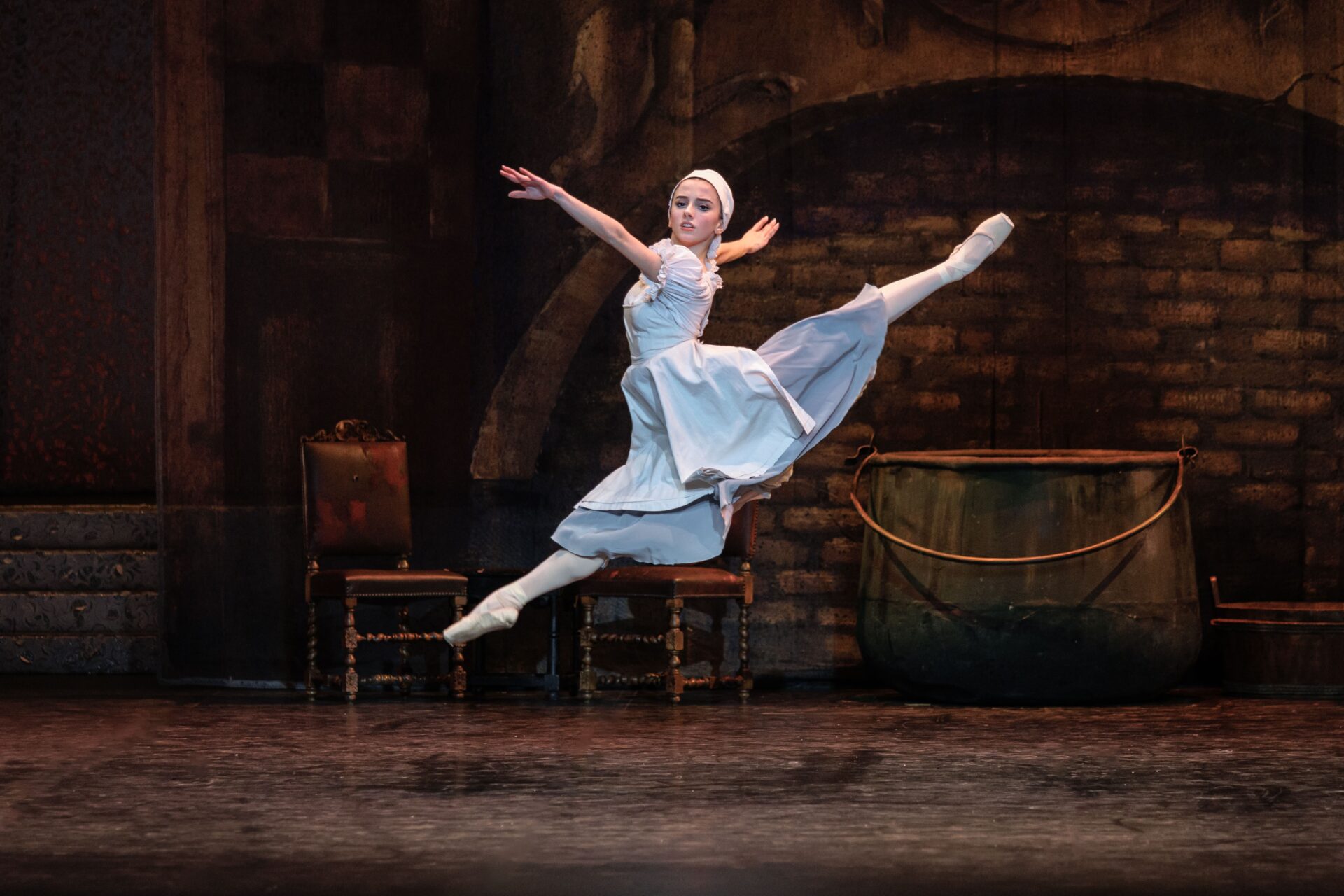
Accademia Teatro alla Scala. Cenerentola. ©Rosa Arcelloni.
First event of the project Viaggio nel repertorio del balletto, curated and led by dance journalist and critic Francesca Pedroni, in collaboration with the Accademia Teatro alla Scala.
The project Viaggio nel repertorio del balletto (A Journey Through the Ballet Repertoire), promoted by Centro Coreografico Nazionale Aterballetto and curated by dance journalist and critic Francesca Pedroni, embarks on a series of performance-talks. Hosted at the Fonderia in Reggio Emilia, the events feature guest artists—dancers and maîtres from Italy’s leading ballet companies—and aim to offer a behind-the-scenes look at the preparation of exemplary works from the great ballet seasons. A prologue to the project is today’s event with the Accademia Teatro alla Scala, which—together with Ballet School teacher Walter Madau and several upper-year students—explores the value of repertoire as a fundamental training ground.
Each event explores ballet repertoire and the technique of classical-academic dance, highlighting its connections with costume design, set design, and music—from the first rehearsals to the actual performance.
The first event features the Accademia Teatro alla Scala, presenting:
VARIAZIONE DI CENERENTOLA
From CENERENTOLA by Frédéric Olivieri
Music by Sergei Prokofiev
Student: Maria Vittoria Bandini
NEW SLEEP (DUET) by William Forsythe
Music by Thom Willems
Students: Sienna Bingham e Michele Forghieri
PASSO A DUE DI MATTO E GELSOMINA
From LA STRADA by Mario Pistoni
Music by Nino Rota
Students: Francesco Della Valle, Laura Farina
VARIAZIONE DI GELSOMINA
From LA STRADA by Mario Pistoni
Music by Nino Rota
Student: Laura Farina

Accademia Teatro alla Scala. Grand Tour AFAM. Lucca, gennaio 2025. ©Munari.
NOTTE MORRICONE
The National Choreographic Center/Aterballetto pays tribute to Ennio Morricone with a new production by Spanish choreographer Marcos Morau.
The Spanish artist, with his visionary power and ability to transform musical universes, presents a unique creation that intertwines the music of Academy Award winner Ennio Morricone with dance, visual arts, and cinematic inspirations.
Marcos Morau, the youngest choreographer to date to receive the National Dance Award, Spain’s highest honor in dance, constructs imaginary worlds and landscapes where image, text, movement, music, and space form a unique universe constantly nurtured by cinema, photography, and literature. Now, for his first collaboration with the CCN/Aterballetto, he has chosen to draw from iconic compositions of the cinematic landscape of the last seventy years: those of Academy Award winner Ennio Morricone.
The director says: “With classical training and an avant-garde vocation, Morricone has always been beyond the trends of his time. His music spans an entire century and has revived the works of many great masters. For this evening, I aim to build a universe based on his sensitivity, confirming that his legacy is more alive than ever, and, as he himself would say, ‘My music has a life of its own, which can live beyond the films for which it was created.'”
Discover more »
Duration 90′
NOTTE MORRICONE
The National Choreographic Center/Aterballetto pays tribute to Ennio Morricone with a new production by Spanish choreographer Marcos Morau.
The Spanish artist, with his visionary power and ability to transform musical universes, presents a unique creation that intertwines the music of Academy Award winner Ennio Morricone with dance, visual arts, and cinematic inspirations.
Marcos Morau, the youngest choreographer to date to receive the National Dance Award, Spain’s highest honor in dance, constructs imaginary worlds and landscapes where image, text, movement, music, and space form a unique universe constantly nurtured by cinema, photography, and literature. Now, for his first collaboration with the CCN/Aterballetto, he has chosen to draw from iconic compositions of the cinematic landscape of the last seventy years: those of Academy Award winner Ennio Morricone.
The director says: “With classical training and an avant-garde vocation, Morricone has always been beyond the trends of his time. His music spans an entire century and has revived the works of many great masters. For this evening, I aim to build a universe based on his sensitivity, confirming that his legacy is more alive than ever, and, as he himself would say, ‘My music has a life of its own, which can live beyond the films for which it was created.'”
Discover more »
Duration 90′
Impromptus
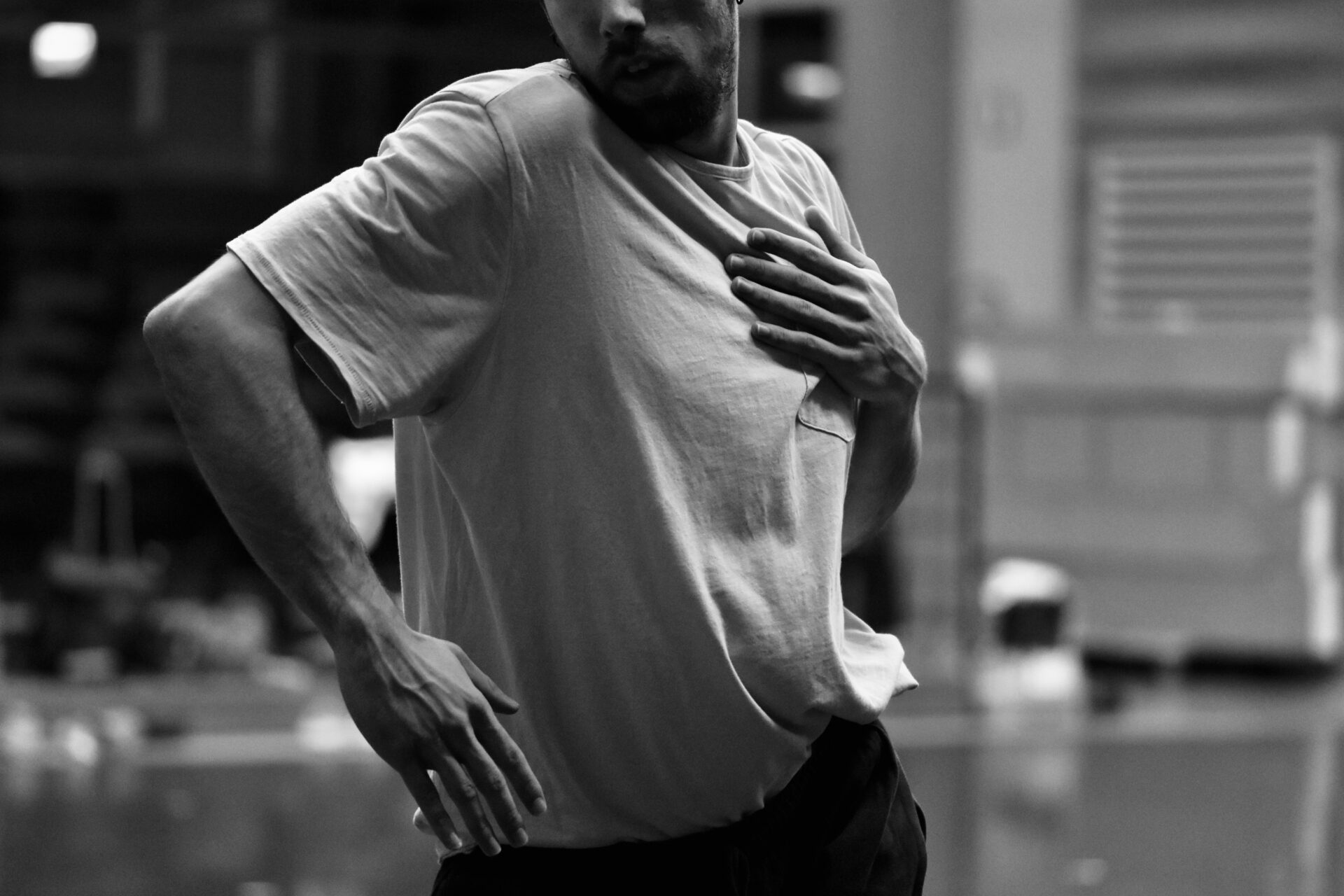
IMPROMPTUS
Arias, Dances, and Improvisations
The Centro Coreografico Nazionale / Aterballetto and Fondazione Ravenna Manifestazioni collaborate once again to create a new project, where dance and music meet, intertwine, and transform into unique performances. The aim is to create a creative space where choreographers and musicians work side by side, shaping works born from improvisation and mutual inspiration.
The goal of the project is to explore new ways of interaction between movement and sound, fostering a fluid and spontaneous relationship between the two disciplines. Through artistic experimentation, dancers and musicians push beyond the traditional boundaries of composition, creating short performances (from 15 to 20 minutes) that express the intensity of this encounter.
Thursday, March 13, 9:00 PM
Artificerie Almagià, RavennaDaniele Di Bonaventura bandoneon
Alfredo Laviano percussion
Roberto Tedesco and Gador Lago Benito dancersTuesday, April 15, 9:00 PM
Artificerie Almagià, RavennaCellos of the Orchestra Giovanile Luigi Cherubini
Leonardo Farina and Arianna Ganassi dancers
NOTTE MORRICONE
The National Choreographic Center/Aterballetto pays tribute to Ennio Morricone with a new production by Spanish choreographer Marcos Morau.
The Spanish artist, with his visionary power and ability to transform musical universes, presents a unique creation that intertwines the music of Academy Award winner Ennio Morricone with dance, visual arts, and cinematic inspirations.
Marcos Morau, the youngest choreographer to date to receive the National Dance Award, Spain’s highest honor in dance, constructs imaginary worlds and landscapes where image, text, movement, music, and space form a unique universe constantly nurtured by cinema, photography, and literature. Now, for his first collaboration with the CCN/Aterballetto, he has chosen to draw from iconic compositions of the cinematic landscape of the last seventy years: those of Academy Award winner Ennio Morricone.
The director says: “With classical training and an avant-garde vocation, Morricone has always been beyond the trends of his time. His music spans an entire century and has revived the works of many great masters. For this evening, I aim to build a universe based on his sensitivity, confirming that his legacy is more alive than ever, and, as he himself would say, ‘My music has a life of its own, which can live beyond the films for which it was created.'”
Discover more »
Duration 90′
Impromptus
Here is the translation in English, maintaining the HTML code:
“`html

IMPROMPTUS
Arias, Dances, and Improvisations
The Centro Coreografico Nazionale / Aterballetto and Fondazione Ravenna Manifestazioni collaborate once again to create a new project, where dance and music meet, intertwine, and transform into unique performances. The aim is to create a creative space where choreographers and musicians work side by side, shaping works born from improvisation and mutual inspiration.
The goal of the project is to explore new ways of interaction between movement and sound, fostering a fluid and spontaneous relationship between the two disciplines. Through artistic experimentation, dancers and musicians push beyond the traditional boundaries of composition, creating short performances (from 15 to 20 minutes) that express the intensity of this encounter.
Friday, March 14, 8:30 PM
Fonderia, Reggio EmiliaDaniele Di Bonaventura bandoneon
Alfredo Laviano percussion
Roberto Tedesco and Gador Lago Benito dancersWednesday, April 17, 8:30 PM
Fonderia, Reggio EmiliaCellos of the Orchestra Giovanile Luigi Cherubini
Leonardo Farina and Arianna Ganassi dancers
NOTTE MORRICONE
The Centro Coreografico Nazionale/Aterballetto pays tribute to Ennio Morricone with the new production by Spanish choreographer Marcos Morau.
The Spanish artist, with his visionary power and ability to transfigure musical universes, presents a unique creation that intertwines the music of Academy Award winner Ennio Morricone with dance, visual arts, and cinematic influences.
Marcos Morau, to date the youngest choreographer to have received the National Dance Award, the highest recognition in Spain, constructs imaginary worlds and landscapes where image, text, movement, music, and space form a unique universe, constantly nourished by cinema, photography, and literature. Now, for his first collaboration with CCN/Aterballetto, he has chosen to engage with the iconic compositions that have shaped the cinematic landscape of the past seventy years: those of Academy Award winner Ennio Morricone.
The director states: «With classical training and an avant-garde vocation, Morricone has always been beyond the trends of the moment. His music belongs to an entire century and has brought many of our great masters back to life. For this evening, I want to build a universe based on his sensitivity to confirm that his legacy is more alive than ever and that, as he himself would say, my music has a life of its own, one that can live far beyond the films for which it was created».
Find out more »
Duration 90′
The performance in Oviedo is in collaboration with the Italian Cultural Institute in Madrid and the Directorate-General for Public and Cultural Diplomacy of the MAECI.
NOTTE MORRICONE
The National Choreographic Center/Aterballetto pays tribute to Ennio Morricone with a new production by Spanish choreographer Marcos Morau.
The Spanish artist, with his visionary power and ability to transform musical universes, presents a unique creation that intertwines the music of Academy Award winner Ennio Morricone with dance, visual arts, and cinematic inspirations.
Marcos Morau, the youngest choreographer to date to receive the National Dance Award, Spain’s highest honor in dance, constructs imaginary worlds and landscapes where image, text, movement, music, and space form a unique universe constantly nurtured by cinema, photography, and literature. Now, for his first collaboration with the CCN/Aterballetto, he has chosen to draw from iconic compositions of the cinematic landscape of the last seventy years: those of Academy Award winner Ennio Morricone.
The director says: “With classical training and an avant-garde vocation, Morricone has always been beyond the trends of his time. His music spans an entire century and has revived the works of many great masters. For this evening, I aim to build a universe based on his sensitivity, confirming that his legacy is more alive than ever, and, as he himself would say, ‘My music has a life of its own, which can live beyond the films for which it was created.'”
Discover more »
Duration 90′
The performance in Sevilla is in collaboration with the Italian Cultural Institute in Madrid and the Directorate-General for Public and Cultural Diplomacy of the MAECI

